Home » Posts tagged 'permaculture news' (Page 3)
Tag Archives: permaculture news
15 Productive Plants That Are Evergreen and Suited for the Temperate Climate
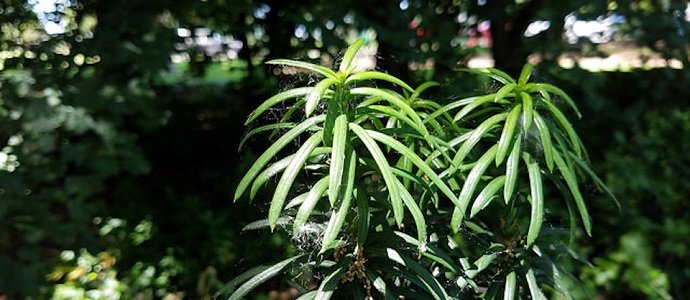
15 PRODUCTIVE PLANTS THAT ARE EVERGREEN AND SUITED FOR THE TEMPERATE CLIMATE
For me, this year has been full of exciting information about the temperate climate. Having spent most of my permaculture life in Central America, moving to North Carolina has had me say goodbye to many old favorites and marvel at a host of new possibilities. It wasn’t until November, however, that I realized just how naked the forest and garden would be due to the cold.
I’ve spent quite a lot of time thinking about cold weather crops and cold frames for year round production, but until recently, I’d thought more along the lines of food in the winter rather than appearance. While the revealed vistas are often incredible, the collection of bare branches—kind of like a skeleton forest—really made me recognize the need to include evergreen plants in temperate designs.
So, I’ve done a bit of research and built myself a starter list for what might work where I am now: USDA Zone 7a or Köppen Classification Cfb. To my delight, there is a lot to choose from, plants that are both productive and evergreen.

CULINARY HERBS
Culinary herbs are great on so many levels. They have huge health benefits, with lots of anti-oxidant and medicinal qualities, and they usually smell and taste great. Many are also perennial, which means they provide stability in the garden. And, just about all of them are great for repelling and/or distracting pests and attracting beneficial butterflies and bees. It turns out that a good lot of them are evergreen as well.
Turn Your Sink and Shower Water Into An Abundant Oasis

TURN YOUR SINK AND SHOWER WATER INTO AN ABUNDANT OASIS
Chances are that you have probably heard of the importance of conserving water. Dozens of governmental and non-governmental organizations have orchestrated campaigns trying to convince the average person to reduce the amount of water that they use. From high-efficiency laundry machines to shower heads that are in line with the current national energy policy act standard, most advocacy for conserving household water use focuses on having us use less water.
While reducing the amount of water we use is undoubtedly important, re-utilizing water is a strategy and approach that is very rarely considered. Greywater recycling constitutes a way to reuse the water that goes down our drains. When done correctly, it comprises no danger to human health while also leading to greater ecological resiliency.
WHAT IS GREYWATER AND HOW MUCH OF IT DO WE USE EVERY DAY?
Every day most people send hundreds of gallons of greywater into sewer and septic systems. Greywater, or the water from our sinks, showers, dishwasher and laundry machines, differs from black water (from toilets) and contains mostly soap residues. This water can easily be recycled into the landscape allowing for an extra water source and source of fertility. Even in the driest regions, greywater recycling can allow you to create an oasis from the water you normally waste.
In places like California and the desert southwest, we read headlines almost on a monthly basis of how severe drought is causing problems for households. People are advised to take shorter showers and stop watering their lawn, but virtually no attention is given to what to do with the water that does go down our drains. It is estimated that between 60% and 80% of residential waste water is wash water that comes from our dish washer, sinks, showers, tubs, and washing machines.
…click on the above link to read the rest of the article…
Traceability in Farming Supply Chains

TRACEABILITY IN FARMING SUPPLY CHAINS
There are growing environmental challenges and people are increasingly aware of the environment. This awareness has extended to social issues faced around the world. Businesses within farming supply chains are concerned about these issues – they have to ensure that they are addressed within their operations to gain a competitive advantage.
Customers are asking critical questions about the social and environmental credentials of the food they eat. Customers want to know what farmers are doing within their own powers to improve the environment. They want to be rest assured that efforts are being made by supply chain players to combat climate change, reduce water scarcity and land pollution and so on.
In the context of social issues, customers want to understand the social conditions associated with the food they buy. They want to know if measures have been taken to ensure that no element of child labour was used to grow and produce their food crops, they want to be sure that farm workers were not exposed to health risks, and that workers are paid decently and so on.
In the same vein, environmentalists have come to terms with the fact that the environment has social dimensions attached to it. For example, people are part of the environment and it is expected that environmental protection measures being applied across all sectors of the economy should also put people into considerations – any measure that is deemed good for the environment should also be good for human lives and vice-versa before it can be implemented in any sector of the economy. As a result, efforts to improve environmental sustainability are also geared towards the creation of positive social impacts.
…click on the above link to read the rest of the article…
Earth Tubes: A Natural Way to Air Condition Your Home

EARTH TUBES: A NATURAL WAY TO AIR CONDITION YOUR HOME
There is nothing nicer than coming inside on a hot, muggy summer day to feel the freshness of an air-conditioned home. Traditional air conditioners, however, are one of the most energy-intensive appliances in our homes. Only a couple feet underneath where you are standing, however, the air is always a comfortable 55 degrees Fahrenheit. If only it were possible to get that cool air from underneath your feet into your blistering hot home. Earth tubes offer a natural, ecologically sound air conditioning option to keep your home cool on even the hottest summer days.
HOW MUCH ENERGY DOES YOUR AIR CONDITIONER CONSUME?
As with a number of aspects of our modern-day industrial civilization, we simply don´t know or understand the ecological costs associated with the comforts we have come to depend on. In many ways, ignorance is bliss and it is comforting to naively believe that a cool home on a hot summer day is a normal part of the landscape.
The cool air that dries the sweat from our foreheads, however, is far from inoffensive. While some small, window-based air conditioners consume up to 500 watts, a large central air conditioning unit that many large homes and almost all businesses have is easily a 3500-watt appliance.
…click on the above link to read the rest of the article…
Climate Change Has Already Had a Negative Impact on Animals on Every Continent
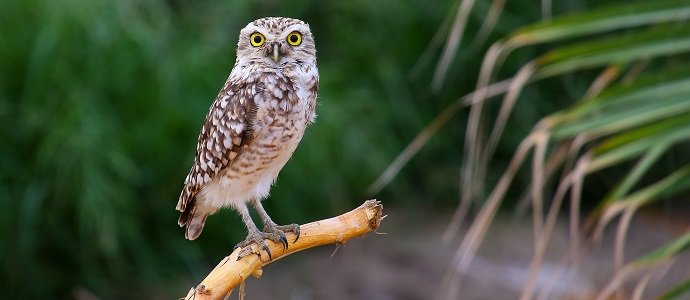
CLIMATE CHANGE HAS ALREADY HAD A NEGATIVE IMPACT ON ANIMALS ON EVERY CONTINENT
A new study has revealed that we have underestimated the impact climate change has had on endangered species around the world. These effects have been particularly traumatic for mammals and birds on the endangered species list – even species included on the International Union for the Conservation of Nature’s “red list.”
According to the study, published in the journal Nature Climate Change, global warming has already impacted approximately 700 species on the “red list” – about half of the mammals and nearly a quarter of the birds. This research shows that climate change isn’t a threat that may present itself at some point in the future, but a real issue that is having a negative impact on the earth today.
Most climate studies that focus on biodiversity examine the potential impacts of global warming that could be seen in 50 to 100 years. However, the findings of a team of researchers who investigated more than 100 earlier studies showed that the range of animals that have now been impacted by global warming is already broad enough to include animals present on every continent.
“We have seriously underestimated the effects of climate change on the most well-known groups, which means those other groups, reptiles, amphibians, fish, plants, the story is going to be much, much worse in terms of what we think the threat is from climate change already,” Watson said.
…click on the above link to read the rest of the article…
Minimalism: The Value of Living With Less

MINIMALISM: THE VALUE OF LIVING WITH LESS
While part of this growing trend toward minimalism can be attributed to the ongoing global economic recession, many people are prompted to downsize due to ecological and environmental concerns. For even more, this yearning for simplicity is about cultivating an appreciation for a life with less “stuff.”
On average, Australian households annually spend more than $1,226 on things that will never be used – and individually, each of us produces more than half a ton of waste each year. Not only is this unhealthy on a personal level, but it’s damaging our environment – leading more young people to search for ways to consume less.
Renting or buying smaller homes, using renewable energy sources, eating seasonally and cooking at home, and choosing to take public transportation or car-sharing networks instead of purchasing a personal vehicle are some of the ways people are starting to shift to a more sustainable, minimalist lifestyle.
“I always packed as lightly as possible, and found it exhilarating to get by with just a small carry-on bag,” said Francine Jay, an author and blogger who has been living minimally for more than a decade. “I thought, wow, if it feels this great to travel lightly, how amazing would it be to live this way? I wanted to have that same feeling of freedom in my everyday life, so I decided to get rid of all my excess possessions and live with just the essentials. I wanted to spend my time and energy on experiences, rather than things.”
…click on the above link to read the rest of the article…
Degraded Land Impacts the Metabolism of Local Bees

DEGRADED LAND IMPACTS THE METABOLISM OF LOCAL BEES
According to a study conducted by Kings Park and Botanic Garden, Curtin University, and the University of Western Australia, when human impact leaves bees with a lack of food, they don’t make an effort to forage further from home – instead, they start to depend on food sources stored inside the hive.
Bees were numbered and distributed among six hives north of Perth, at the Gnangara Mound. Three hives were located in healthy woodlands with plenty of available food, and the other three hives were only 5km away, in a section of degraded land that had been ravaged by fire. Don Bradshaw, a professor with UWA’s School of Biological Sciences, said the study measured the metabolic rate of the bees to determine how human-initiated change to the environment, like the clearing of large sections of land, would impact the insect’s survival.
The results of the study revealed that the bees from the desolate landscape showed a 30 per cent decrease in metabolism, as well as a 60 per cent lower intake of nectar. These findings were the opposite of what Bradshaw said he had anticipated, which was that the bees in degraded areas would have a faster metabolism – as a result of having to travel further to find food.

“Rather than travel in search of food in degraded areas, the bees foraged less and depended on stored resources inside the hive,” Bradshaw said.
Bradshaw’s method for determining the metabolic rate of the 76 numbered bees used for the study was initially developed for a study on honey possums.
…click on the above link to read the rest of the article…
Permaculture Kitchen Garden

PERMACULTURE KITCHEN GARDEN
Who doesn’t love cooking with fresh herbs? I love cooking with fresh ingredients. Using fresh cut culinary herbs and edible flowers is a really special thing. All growers know that from the time the plant is harvested you start losing flavor and nutrients. It’s important to get fresh-cut herbs if you want the most amazing flavor for you and your family.
Permaculture is such a heartwarming way to grow. You work with nature and then nature helps sustain you. We start at the soil and end eating these great herbs.
I start with these 6 bullet points that keep you on the right track.
• Placement- Permaculture makes things easy and efficient when it’s in an herb garden near the kitchen. The easier it is to collect the herbs, the more often you’ll use them. If you have a kitchen window, put the herb garden there. If you don’t have a kitchen window, as long as it’s easily accessible while you’re cooking, you’ll likely use the fresh produce.
• Soil- Soil is the lifeline that connects your food to you. Love your soil and it will love you back. You want to have the best mulch you can find. If you don’t have good fluffy soil, there are a few things you can do. My first suggestion is a mini hügelkultur. Simply mark out the area you will need for the plants you want to grow. Dig out a 2-3-foot-deep trench, and fill it with tree limbs and sections of cut up logs. Fill the hole back in with the soil, cover with thick mulch, and then plant your herbs. It’s that simple. By the end of summer you will have a jungle of herbs.
…click on the above link to read the rest of the article…
Designing a Lifestyle, Not Just a Garden
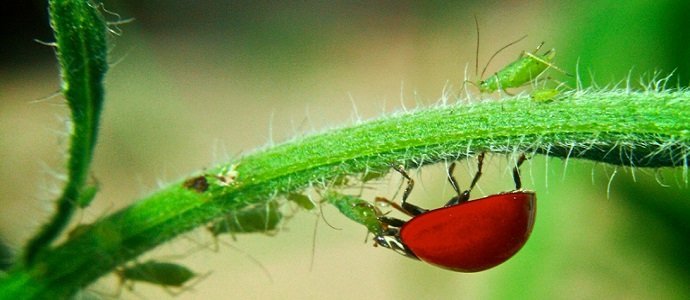
DESIGNING A LIFESTYLE, NOT JUST A GARDEN
Growing at least some of our own food is a step in a different direction from the mass agriculture, processed meals, and supermarket system. Designing our homes with attention to harmonizing with natural energy features is the beginning of moving away from our crippling dependence on fossil fuels. And, the list goes on.
We don’t design this way to meet any trendy environmental tableaus or even to save money but because, as permaculturalists, we are in search of that which is efficient and sustainable, those practices that might put back us into better harmony with the planet. To do that, more than any garden we grow, most of us have to seriously change the way we live.
Adopting a new lifestyle is a major part of the design.
WHY ARE WE GROWING FOOD?
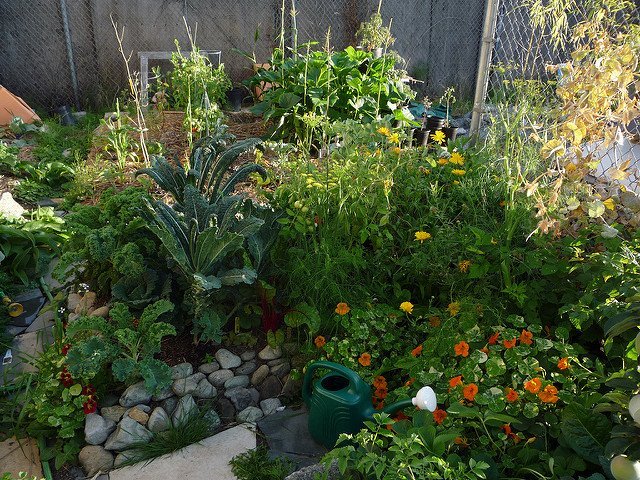
We should be growing food because the way we produce it, as a society, doesn’t work for us or for the planet, and if we don’t fundamentally change this approach to supplying our needs, the results may be the end of us. Processed and packaged versions of just a few crops isn’t providing the nutrients we need, and that’s not taking care of ourselves (People Care). Monocultures, feedlots, and felled forests are scarring the planet with chemicals and destructive concentrations of waste, and that’s not taking care of the world (Earth Care). Then, we continually degrade new swaths of land once we’ve exhausted the ones we are using, and that’s taking more than is necessary (Return of Surplus).
…click on the above link to read the rest of the article…
The Rhizosphere
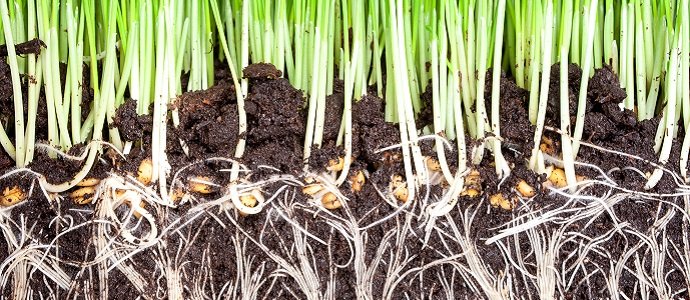
THE RHIZOSPHERE
The rhizosphere is the word used to describe the area of soil surrounding plant roots. It is the most biologically active layer of the soil; populated with micro organisms interacting and benefiting from chemicals released by plant roots (1,2,7). There are more micro organisms present in a teaspoon of soil than there are people on the earth; the rhizosphere can carry 1000-2000 times this amount making it highly populated with microbial life (2). The rhizosphere has three zones (2,9,10)-the endorhizosphere, the rhizoplane and the ectorhizosphere (figure 1).
1. The endorhizosphere: This is the inner section of the rhizosphere. It is the section of the plant root occupied by micro organisms (which benefit from organic compounds released by roots).
2. The rhizoplane: This is the middle section of the rhizosphere. It includes the plant root surface with soil particles adhering to it.
3. The ectorhizosphere: The outer area of soil surrounding the roots.

RHIZODEPOSITION
Rhizodeposition is what makes the rhizosphere an interesting place for biological study. Plant roots release organic compounds into their surrounding soils (1). These compounds are what scientists refer to as rhizodeposits and the process is called rhizodeposition. As plants release organic compounds from their roots they lose some of their carbon to the surrounding soil; this means that they contribute to the soil carbon content (3). So the soil benefits from the plants lost carbon. The release of organic compounds in the root zone also supports the soil microbial life (3). The amount and composition of rhizodeposits from plant roots vary depending on the type of plant, the climate, the nutrient deficiency, and the physical, chemical and biological properties of soil surrounding the root (2). Rhizodeposits are released through the following ways (3):
…click on the above link to read the rest of the article…
An Introduction to Patterning
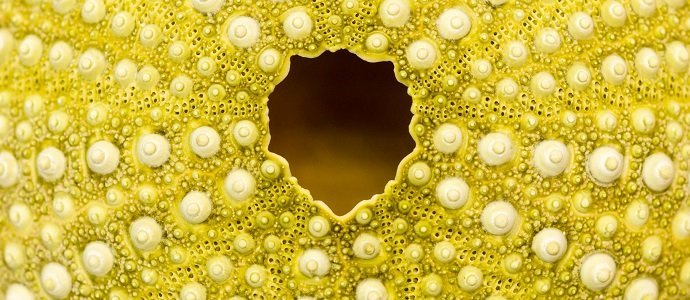
AN INTRODUCTION TO PATTERNING
How do we enact systems thinking within Permaculture? Think From Pattern to Detail. By drawing on David Holmgreen’s ‘Principles of Permaculture’ we can see that each principle is interrelated. For instance, to ‘Produce No Waste’ is to think of food-waste management systems that can turn into beneficial nutrients and compost for your garden; and to ‘Integrate Rather than Segregate’ is to use beneficial companion plants to create and diversify systems within your food-garden design. By applying these principles in our design thinking we are allowing ourselves to think beyond what we see as the outcome and develop an intimate relationship with the entire process for maximum use and management of each input and output.
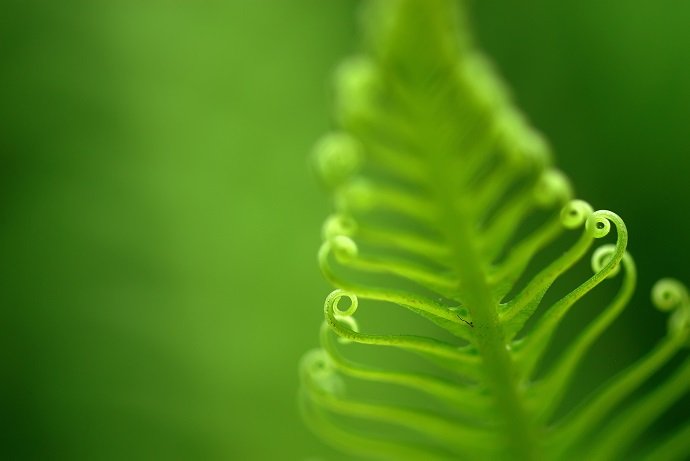
Thinking with an integrative mindset helps us to understand the ‘pattern’ so that we can plug in the ‘detail’. Systems thinking seeks to demonstrate intricacy and flow, and that is why Patterning in Permaculture is a core design practice. Patterns are the processes we have witnessed through dedicated time within an ecological system. We have watched the sun rise and set, we have sat before dawn to witness the exact point the arc of the sun rays begin on our property; we have seen the sun beat down on our soil and filter through the trees and we have witnessed it’s wily way of filtering through the trees.
…click on the above link to read the rest of the article…
Learning More on How to Think About Soil
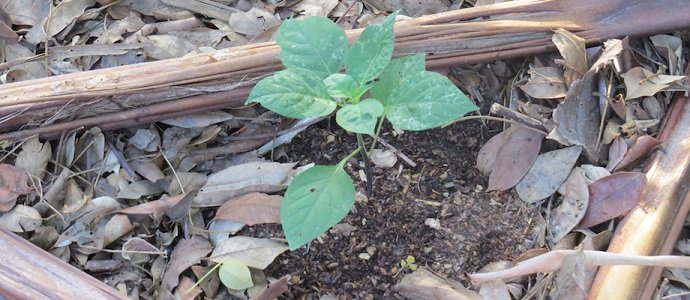
LEARNING MORE ON HOW TO THINK ABOUT SOIL
Obviously, I’ve not been unaware of the importance of healthy soils, and by happenstance, I’ve probably even managed to make a good deal of it. But, my technique has largely been based on adding a steady supply of organic carbon and nitrogen matter, mostly in the form of brown leaves, boxes and newspaper to layers of manure, household veggie scraps, and fresh cut greens. I stack them atop earth and begin building layers of soil, usually doing an initial cover crop of legumes that get chopped-and-dropped. I probably would have stopped to learn more before now had the system not worked—though slow—as well as it does.
But, this morning I learned a new way—very practical and familiar—of looking at soil. Firstly, Lawton explained the necessities of minerals beyond just NPK, using a wonderful analogy with the modern food system and its effects on people. Then, he explained pH balance, something I’ve never spent a lot of time addressing, save for avoiding certain things that have been reported to me as overly acidic.
…click on the above link to read the rest of the article…
Why We Do Things the ‘Hard Way’

WHY WE DO THINGS THE “HARD WAY”
When I grew up my parents wanted me to have everything that they did not. Having lived through World War II, they wanted my belly to always be full and they gave me as much as they could (which is of course greatly appreciated and understood!) Over the past 30-40 years I have seen materialism escalate to the social disease it is now. The problem now is that we as parents can no longer offer our children a better future than we had unless things change drastically. Kids are now said to not be able to live longer (in years) than their parents anymore. The world is sicker, more polluted and resources are running out. What future is there for our children?
It is said that each person in the Western World has on average 100 – 150 slaves working for them (in the form of fossil fuel). And that is beside the low paid workers that make all our “stuff”, who may as well be slaves for the returns they get for their labour.
…click on the above link to read the rest of the article…
8 Common Plants to Grow For Their Medicinal Benefits (All Great For Indoor Container Gardens)
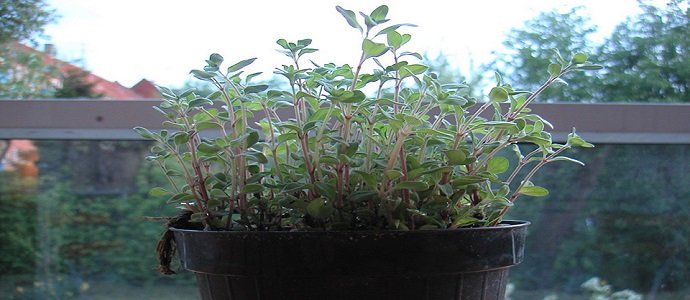
8 COMMON PLANTS TO GROW FOR THEIR MEDICINAL BENEFITS (ALL GREAT FOR INDOOR CONTAINER GARDENS)
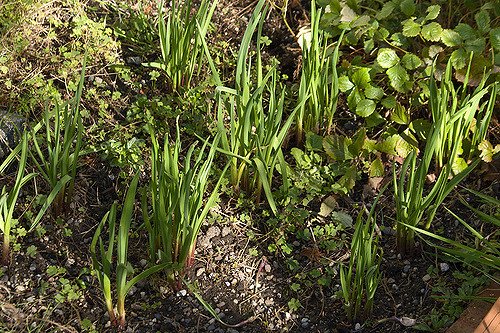
If the soil could be fixed by adding quality organic biomass, reinvigorating an entire ecosystem, then why couldn’t we do the same thing for our bodies, ecosystems in their own right? My wife Emma and I started watching documentaries like Food Matters and Simply Raw, reading books about herbal medicine and fermentation, and learning from people we were meeting through permaculture. We suddenly found ourselves thinking about enzymes, probiotics, gut flora, and antioxidants. We became fast fans of fresh herbs in every meal and including certain beneficial spices and veggies regularly. Undoubtedly, it felt right, and we felt better than ever.
What we found was that some of the most powerfully medicinal foods had been right at our fingertips all along. They were easy to grow, required little space (could work in pots, in fact), and naturally strengthened our immune systems, regulated blood sugar, steadied blood pressure, lubricated joints, prevented inflammation, helped our skin, and generally bettered our well-being. We adopted simple ways to include them in our meals throughout the day, and we started sharing our new dietary practice and home production methods. And, that felt right, too.
…click on the above link to read the rest of the article…




